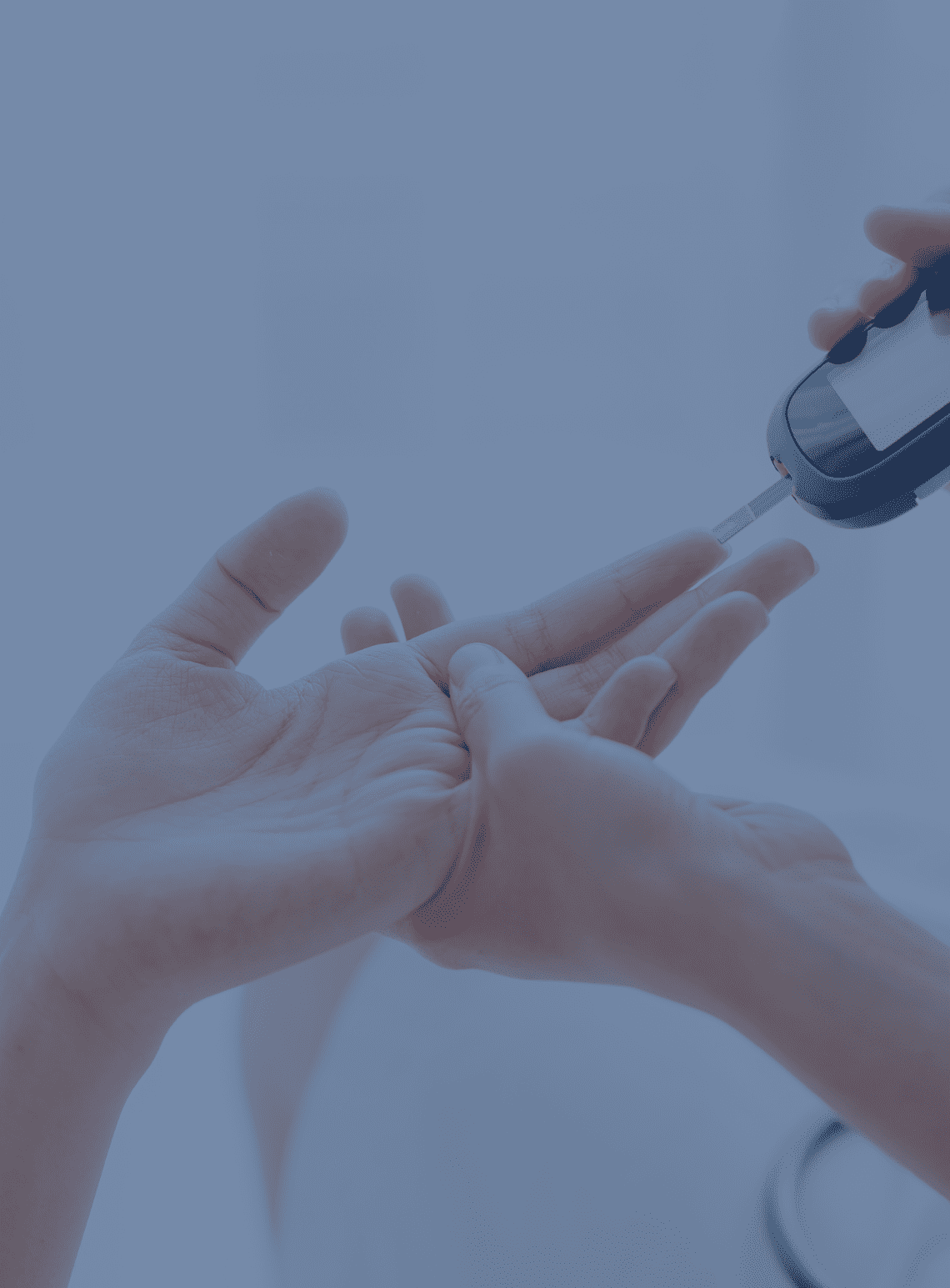The IVDR entered into force on 26 May 2017, and fully applies from 26 May 2022. CE Certificates issued under the Directive before 26 May 2022 may remain valid for up 27 May 2025. The IVDR introduces a new system of risk-based classification (Class A, B, C,D). While 70% of IVDs entering the EU Market under the IVDD were considered “self-declared”, under the IVDR 70% of IVDs will need to mandate the intervention of a Notified Body accredited under the IVDR in order to obtain the CE Mark and enter the EU market.
- The IVDR entered into force on 26 May 2017
- The IVDR fully applies from 26 May 2022
- CE Certificates issued under the Directive before 26 May 2022 may remain valid for up 27 May 2025
- The IVDR introduces a new system of risk-based classification (Class A, B, C,D)
- While 70% of IVDs entering the EU Market under the IVDD were considered “self-declared”, under the IVDR 70% of IVDs will need to mandate the intervention of a Notified Body accredited under the IVDR in order to obtain the CE Mark and enter the EU market.
- The IVDR transitional period for “legacy” devices (above up-classified devices that will newly need a Notified Body and devices with a valid IVDD Certificate) is the following:26 May 2025 for placing on the market of class D devices & devices with a valid IVDD Certificate (can be made available or put into service until 26 May 2026)
- 26 May 2026 for placing on the market of class C devices (can be made available or put into service until 26 May 2027)
- 26 May 2027 for placing on the market of class B devices (can be made available or put into service until 26 May 2028)
- 26 May 2027 for placing on the market of class A devices placed on the market in sterile condition (can be made available or put into service until 26 May 2028)
- Non-legacy devices entering the market from 26 May 2022 must fully comply with the IVDR
Devices falling under the In-Vitro Diagnostic Medical Device Regulation (IVDR) 2017/746 are any in vitro diagnostic medical device which is a reagent, reagent product, calibrator, control material, kit, instrument, apparatus, piece of equipment, software or system, whether used alone or in combination, intended by the manufacturer to be used in-vitro for the examination of specimens, including blood and tissue donations, derived from the human body, solely or principally for the purpose of providing information on one or more of the following:
- concerning a physiological or pathological process or state;
- concerning congenital physical or mental impairments;
- concerning the predisposition to a medical condition or a disease;
- to determine the safety and compatibility with potential recipients;
- to predict treatment response or reactions;
- to define or monitoring therapeutic measures.
Specimen receptacles shall also be deemed to be in vitro diagnostic medical devices;
The following products are excluded from the IVDR scope:
- products for general laboratory use or research-use only products, unless such products, in view of their characteristics, are specifically intended by their manufacturer to be used for in vitro diagnostic examination;
- invasive sampling products or products which are directly applied to the human body for the purpose of obtaining a specimen;
- internationally certified reference materials;
- materials used for external quality assessment schemes.
Whereas the IVD Directive 98/79/EC specifies Notified Body involvement for only a few high risk IVDs listed in Annex VII, the IVD Regulation introduces risk-based classification Class A to D, based on IMDR rules and similar to Health Canada and TGA classification rules. The outcome is that the conformity assessment process for CE marking for the majority of IVDs will now necessitate involvement of a Notified Body, as opposed to self-declaration by the manufacturer under the IVDD. The majority of IVDs currently self-certified will now require the services of a Notified Body in the conformity assessment process to ensure the safety and performances of IVDs placed on the EU market.
Under the IVDR, Devices are divided into classes A, B, C and D, taking into account the intended purpose of the devices and their inherent risks.
Class D: Public health and Personal risk – high; i.e. Screening for transmissible agent and for high risk blood grouping for transfusion, transplantation, cell administration; life-threatening transmissible agents : Screening where possible high risk of propagation, and detection of infectious load where monitoring determines patient management e.g. Blood groups ABO, Rh, Kidd, Duffy, Kell; HIV1 and 2, HTLV I/II, Hep B and C, Chagas, screening blood for syphilis
Class C: Public health risk moderate – low; Personal risk – low; i.e. Testing for compatibility for transfusion, transplantation, cell administration, excluding high risk blood grouping; tests for Infectious disease / STI agents / cancer biomarkers / Companion diagnostics / genetic testing / TORCH screening / congenital disorders / monitoring high risk medicines/substances e.g. blood glucose / most self-test IVDs.
Class B: Public health risk – low; Personal risk moderate to low i.e. clinical chemistry tests, some specific self-test IVDs – Class B is also the default ruling where no other Rule applies.
Class A: Public health and personal risk – low, e.g. Specimen receptacles; products for general lab use, accessories with no critical characteristics, buffers, washes, culture media, histological stains if intended for specific test; instruments intended for IVD procedures
Classification Rules
Rule 1 – Devices intended to be used for the following purposes are classified as class D:
- detection of the presence of, or exposure to, a transmissible agent in blood, blood components, cells, tissues or organs, or in any of their derivatives, in order to assess their suitability for transfusion, transplantation or cell administration;
- detection of the presence of, or exposure to, a transmissible agent that causes a life-threatening disease with a high or suspected high risk of propagation;
- determining the infectious load of a life-threatening disease where monitoring is critical in the process of patient management.
Rule 2 – Devices intended to be used for blood grouping, or tissue typing to ensure the immunological compatibility of blood, blood components, cells, tissue or organs that are intended for transfusion or transplantation or cell administration, are classified as class C, except when intended to determine any of the following markers:
- ABO system [A (ABO1), B (ABO2), AB (ABO3)];
- Rhesus system [RH1 (D), RHW1, RH2 (C), RH3 (E), RH4 (c), RH5 (e)]; — Kell system [Kel1 (K)]; — Kidd system [JK1 (Jka), JK2 (Jkb)];
- Duffy system [FY1 (Fya), FY2 (Fyb)]; in which case they are classified as class D.
Rule 3 – Devices are classified as class C if they are intended:
- for detecting the presence of, or exposure to, a sexually transmitted agent;
- for detecting the presence in cerebrospinal fluid or blood of an infectious agent without a high or suspected high risk of propagation;
- for detecting the presence of an infectious agent, if there is a significant risk that an erroneous result would cause death or severe disability to the individual, foetus or embryo being tested, or to the individual’s offspring;
- for pre-natal screening of women in order to determine their immune status towards transmissible agents;
- for determining infective disease status or immune status, where there is a risk that an erroneous result would lead to a patient management decision resulting in a life-threatening situation for the patient or for the patient’s offspring;
- to be used as companion diagnostics;
- to be used for disease staging, where there is a risk that an erroneous result would lead to a patient management decision resulting in a life-threatening situation for the patient or for the patient’s offspring;
- to be used in screening, diagnosis, or staging of cancer;
- for human genetic testing;
- for monitoring of levels of medicinal products, substances or biological components, when there is a risk that an erroneous result will lead to a patient management decision resulting in a life-threatening situation for the patient or for the patient’s offspring;
- for management of patients suffering from a life-threatening disease or condition;
- for screening for congenital disorders in the embryo or foetus;
- for screening for congenital disorders in new-born babies where failure to detect and treat such disorders could lead to life-threatening situations or severe disabilities.
Rule 4 – Devices intended for self-testing are classified as class C, except for devices for the detection of pregnancy, for fertility testing and for determining cholesterol level, and devices for the detection of glucose, erythrocytes, leucocytes and bacteria in urine, which are classified as class B. Devices intended for near-patient testing are classified in their own right.
Rule 5 – The following devices are classified as class A:
- products for general laboratory use, accessories which possess no critical characteristics, buffer solutions, washing solutions, and general culture media and histological stains, intended by the manufacturer to make them suitable for in vitro diagnostic procedures relating to a specific examination;
- instruments intended by the manufacturer specifically to be used for in vitro diagnostic procedures;
- specimen receptacles.
Rule 6 – Devices not covered by the above-mentioned classification rules are classified as class B.
Rule 7 – Devices which are controls without a quantitative or qualitative assigned value are classified as class B.
Prior to placing a device on the market, manufacturers shall undertake an assessment of the conformity of that device, in accordance with the applicable conformity assessment procedures set out in Annexes IX to XI of the IVDR.
Class D Conformity Assessment Procedures
Class D – Option 1
Manufacturers of class D devices, other than devices for performance study, shall be subject to a conformity assessment as specified in Chapters I, II and III of Annex IX (Conformity assessment based on a quality management system and on assessment of technical documentation).
- In addition, for devices for self-testing and near-patient testing, the manufacturer shall follow the procedure for technical documentation assessment set out in Section 5.1 of Annex IX.
- In addition, for companion diagnostics the manufacturer shall follow the procedure for technical documentation assessment set out in Section 5.1 of Annex IX. Furthermore, the notified body shall consult a competent authority designated by the Member States in accordance with Directive 2001/83/EC of the European Parliament and of the Council or the EMA, as applicable, in accordance with the procedure set out in Section 5.2 of Annex IX.
Class D- Option 2
Manufacturers of class D devices, other than devices for performance study, may choose to apply a conformity assessment as specified in Annex X coupled with a conformity assessment as specified in Annex XI.
- For companion diagnostics, the notified body shall in particular consult a competent authority designated by the Member States in accordance with Directive 2001/83/EC or the EMA, as applicable, in accordance with the procedure set out in point (k) of Section 3 of Annex X.
For ALL Class D (regardless of above chosen path)
For devices for which one or more EU reference laboratories have been designated in accordance with Article 100, the notified body performing the conformity assessment shall request one of the EU reference laboratories to verify by laboratory testing the performance claimed by the manufacturer and the compliance of the device with the applicable Common Specifications, or with other solutions chosen by the manufacturer to ensure a level of safety and performance that is at least equivalent.
In case where no Common Specifications are available for class D devices and where it is also the first certification for that type of device, the notified body shall consult the relevant panel of experts referred to in Article 106 of Regulation (EU) 2017/745 on the performance evaluation report of the manufacturer.
Class C Conformity Assessment Procedures
Class C- Option 1
Manufacturers of class C devices shall be subject to a conformity assessment as specified in Chapters I and III of Annex IX, including an assessment of the technical documentation of at least one representative device per generic device group.
- In addition for self-testing and near-patient testing, the manufacturer shall follow the procedure for technical documentation assessment set out in Section 5.1 of Annex IX.
- In addition, for companion diagnostics, the notified body shall for every device follow the procedure for technical documentation assessment laid down in Section 5.2 of Annex IX, and shall apply the procedure for technical documentation assessment laid down in Sections 4.1 to 4.8 of Annex IX and shall consult the competent authority designated by the Member States in accordance with Directive 2001/83/EC or the EMA.
Class C – Option 2
Manufacturers of class C devices, may choose to apply a conformity assessment as specified in Annex X coupled with a conformity assessment as specified in Annex XI except its Section 5.
- For companion diagnostics the notified body shall in particular for every device consult a competent authority designated by the Member States in accordance with Directive 2001/83/EC or the EMA,.
Class B Conformity Assessment Procedure
Manufacturers of class B devices shall be subject to a conformity assessment as specified in Chapters I and III of Annex IX, and including an assessment of the technical documentation for at least one representative device per category of devices. In addition, for devices for self-testing and near-patient testing, the manufacturer shall follow the procedure for assessment of the technical documentation set out in Section 5.1 of Annex IX.
Class A Conformity Assessment Procedure
Manufacturers of class A devices shall declare the conformity of their products by issuing the EU declaration of conformity referred to in Article 17, after drawing up the technical documentation set out in Annexes II and III. However, if those devices are placed on the market in sterile condition, the manufacturer shall apply the procedures set out in Annex IX or in Annex XI. Involvement of the notified body shall be limited to the aspects relating to establishing, securing and maintaining sterile conditions.
The IVDR (article 56 and Annex XIII) reinforces the need for clinical evidence to demonstrate conformity with the relevant general safety and performance requirements.
Performance evaluation of a device is a continuous process by which data are assessed and analyzed to demonstrate the scientific validity, analytical performance and clinical performance of that device for its intended purpose as stated by the manufacturer. It should be based on a thorough and objective method and following a pre-established performance evaluation plan.
To correctly perform the evaluation, the manufacturer shall assess all relevant scientific validity, analytical and clinical performance data to verify the conformity of its device with the general safety and performance requirements. This will result in a qualified assessment, whose data and conclusions shall constitute the clinical evidence for the device, that is to say, the scientific proof that the intended clinical benefit(s) and safety will be achieved.
The clinical evidence shall be documented in a performance evaluation report including the scientific validity report, the analytical performance report, the clinical performance report and an assessment of those reports allowing demonstration of the clinical evidence.
The clinical evidence and its assessment in the performance evaluation report must be updated throughout the life cycle of the device concerned.
The purpose of clinical performance studies is to establish or confirm aspects of device performance which cannot be determined by analytical performance studies, literature and/or previous experience gained by routine diagnostic testing. This information is used to demonstrate compliance with the relevant general safety and performance requirements with respect to clinical performance. When clinical performance studies are conducted, the data obtained shall be used in the performance evaluation process and be part of the clinical evidence for the device.
Manufacturer/sponsor is responsible for the:
- Design of the Performance Study Plan CPSP
- Designation of principal investigator
- Insurance
- Obtaining the authorization from the Competent Authorities in accordance with Article 66 for the following studies:
- in which surgically invasive sample-taking is done only for the purpose of the performance study;
- that is an interventional clinical performance study as defined in point (46) of Article 2; or
- where the conduct of the study involves additional invasive procedures or other risks for the subjects of the studies,
- Performance studies involving Companion Diagnostic
- Application with ethical committee
- The non-EU manufacturer/sponsor may choose to appoint the Authorized Representative to seek authorization on his behalf to perform the performance studies.
- Serious adverse events occurring during the performance studies must be reported by the sponsor or the appointed Authorized Representative through the EUDAMED database
- The Performance study report should be incorporated in the technical documentation that has to be kept available by the manufacturer and his appointed European Authorized Representative established within the Union.
- Sponsor (or the authorized representative) shall notify the competent authorities of the ending of the clinical investigation, and submit a report.
Authorities are responsible to give authorization for the Performance Studies to start, after registration in the European Databank. Delegated acts may be taken by the commission to fine tune this procedure. The Performance Study will receive a single registration number (SRN) for better follow-up and data exchange between member-states.
Clinical investigation and evaluation are reviewed by the Notified Body when the conformity assessment procedure does include an assessment of the technical documentation.





